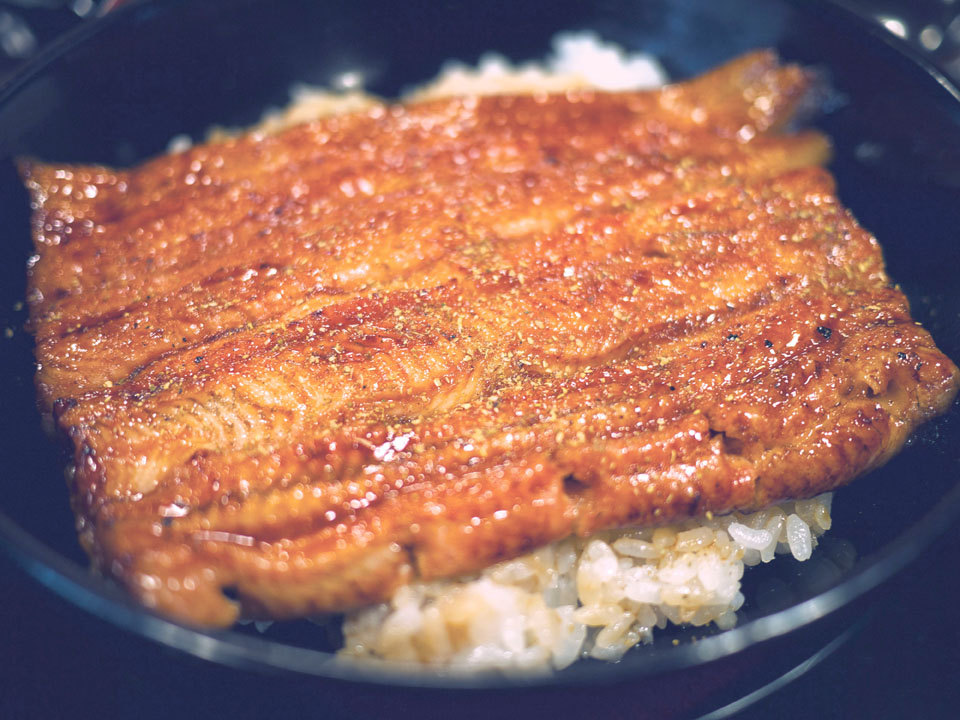I'll never forget that day during the summer when I was 14. I'd been away in the Yatsugatake Mountains of Honshu with my schoolmates for a rinkan gakkō (a multi-day school trip to the countryside), and on the way back we'd stopped for lunch at a large roadside diner. On the menu was tempura, followed by slices of watermelon. The breakfast at the inn we were staying at was pretty awful, so I dug into my one shrimp and mound of fried vegetables, as well as the sweet, chilled watermelon. But that evening, my body started to complain very emphatically. My stomach felt like it was being twisted around inside. I rolled around on the floor, groaning in pain, for what felt like hours. By the morning the pain was finally gone, but I was weak and worn out for days.
As it turns out, I'd indulged in a classic bad food combination, or tabeawase. Called gasshokukin or shokugōkin, these are foods that are not supposed to be eaten with each other for health reasons, especially during the summer when the grueling heat and humidity take a toll on our bodies. It's a way of thinking about food with roots in traditional Chinese medicine combined with old-school common sense.
The best-known bad food pairing is unagi (grilled eel) with umeboshi (salt-cured ume plums), both of which are classic summertime foods. Oil-rich unagi give you lots of energy, and the sourness and saltiness of umeboshi help to awaken a lagging appetite. But we're warned never to eat them together, since the sourness of the umeboshi will clash with the oiliness of the unagi, causing digestive problems.


















With your current subscription plan you can comment on stories. However, before writing your first comment, please create a display name in the Profile section of your subscriber account page.